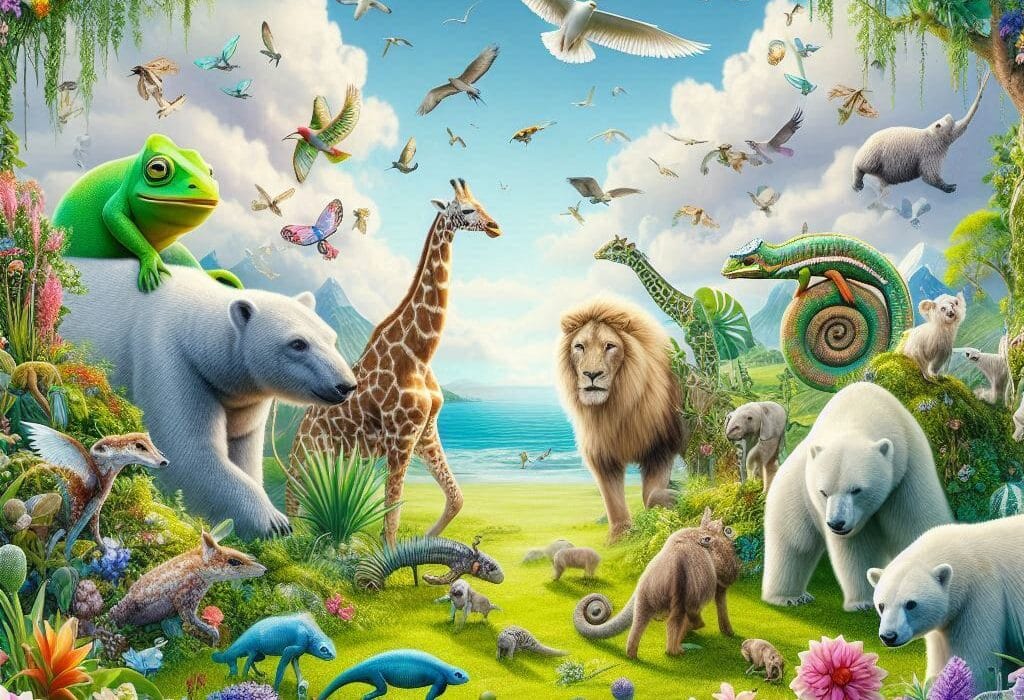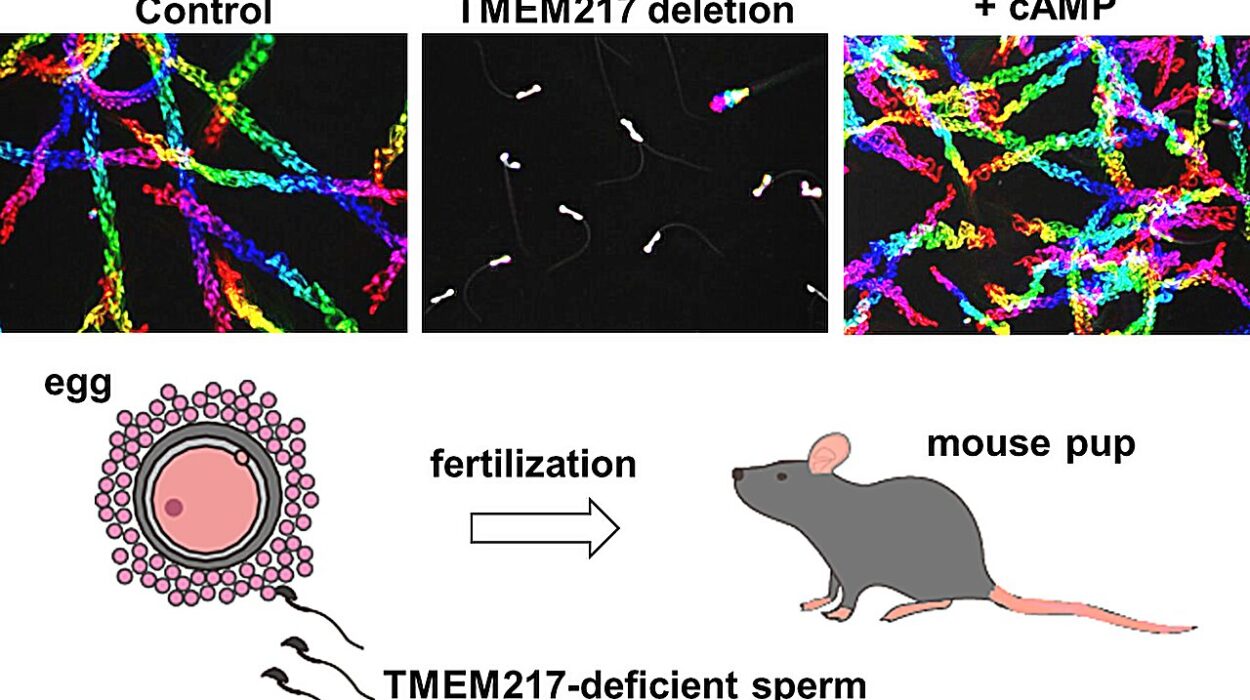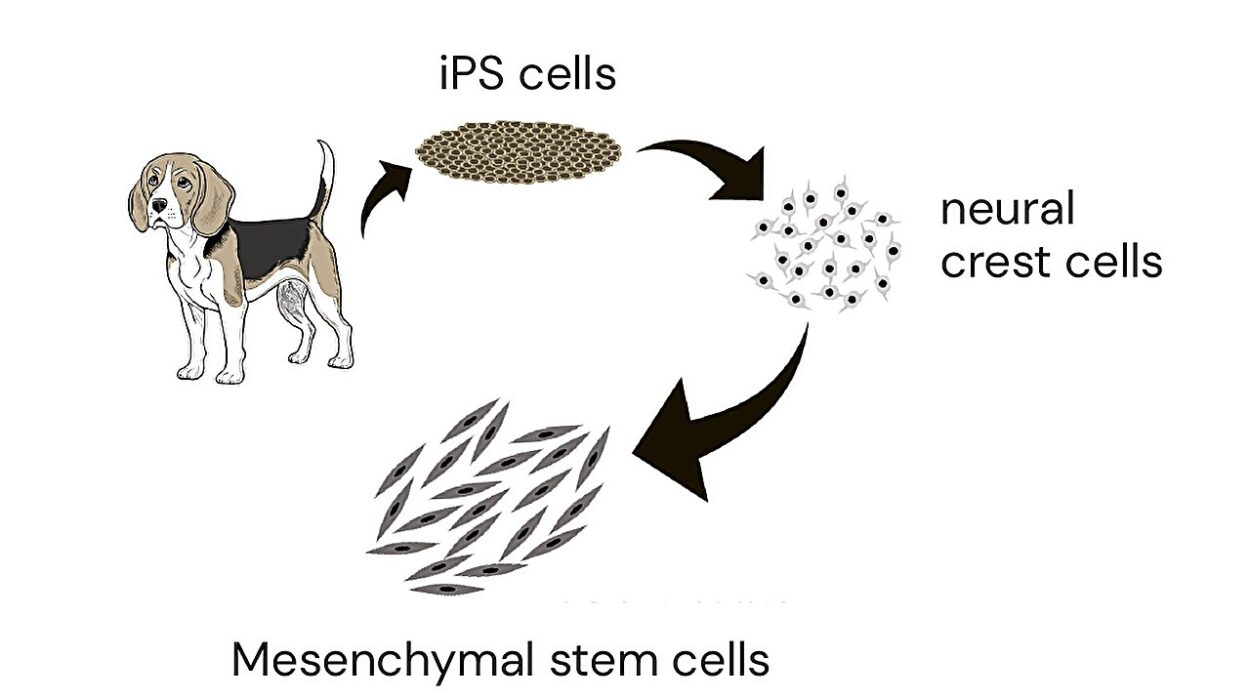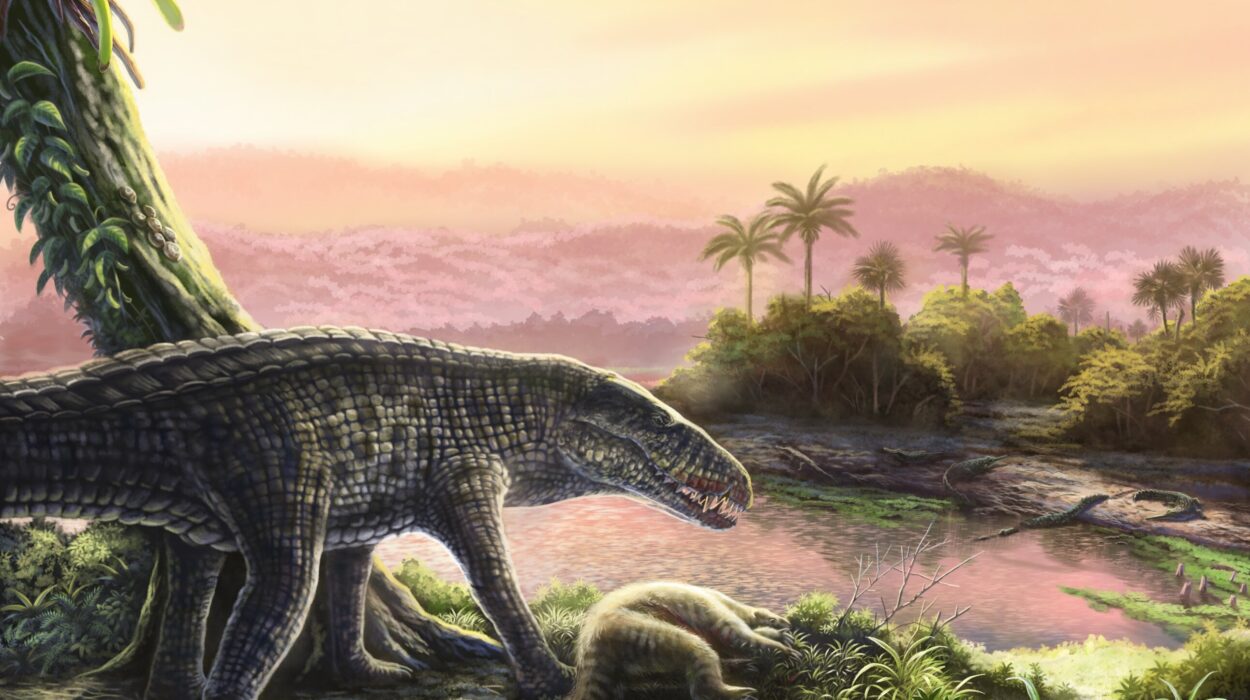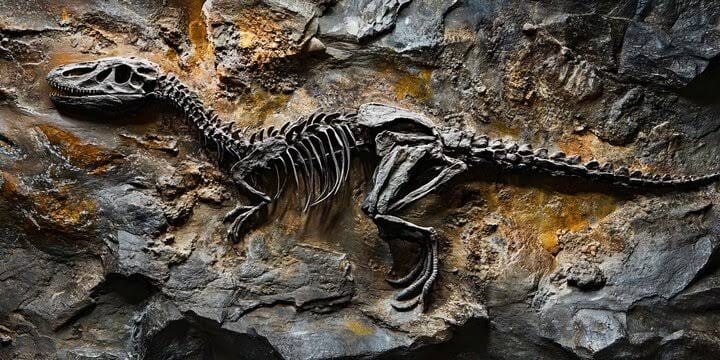In the sweltering heart of what is now Big Bend National Park, where desert blooms and mesas burn beneath the Texas sun, a different world once thrived—lush, tropical, and teeming with strange life. Among the shadows of ancient rivers, a curious little creature scurried, no bigger than a modern hedgehog. But by the standards of its kind, it was a giant.
That creature, now known as Swaindelphys solastella, has just taken its rightful place in the evolutionary storybook thanks to a team of paleontologists from the University of Kansas. Their work, recently published in the Journal of Vertebrate Paleontology, tells a tale of ancient ecosystems, mysterious evolutionary detours, and the surprising ways marsupials may help us understand our own primate ancestors.
A Hidden Fossil Tells a New Tale
The story begins not with the excitement of a new dig, but in the quiet halls of scientific archives. Kristen Miller, a doctoral student at KU’s Biodiversity Institute and Natural History Museum, spent a year examining old fossils collected decades ago by the late paleontologist Judith Schiebout. Among them were molars from an enigmatic mammal, tucked away and largely overlooked.
“I compared them to a lot of other marsupials from around the same time period,” Miller said. “It was a lot of morphological comparisons.”
The teeth didn’t quite match anything previously known. They were too large, too southern, and too young for their kind—members of Swaindelphys, a group of near-marsupials that lived shortly after the extinction of the dinosaurs.
What Miller found changed the understanding of this group entirely. The fossils, far from being survivors or early pioneers of known species, belonged to a whole new species—one that was breaking records of its own.
Big for Its Kind, Small for Texas
Solastella means “lone star,” a nod to both Texas and the species’ distinct place in evolutionary history. At about the size of a hedgehog, Swaindelphys solastella was enormous compared to its relatives—making it the largest marsupial of its time in North America’s Paleocene period.
“Since everything is bigger in Texas, this is perhaps not surprising,” joked Chris Beard, senior curator at KU’s Biodiversity Institute and Miller’s doctoral advisor.
But this wasn’t just a case of Texas-sized pride. Its large size, southern location, and relatively young age (in geological terms) make S. solastella an evolutionary outlier—one that could help scientists understand broader patterns of species movement and survival after the catastrophic Cretaceous-Paleogene extinction event.
Why a Marsupial Matters to Primate Origins
You might wonder why a hedgehog-sized marsupial in ancient Texas matters. The answer lies in who it lived beside.
The ancient habitats of Swaindelphys were also home to early primates. These small, agile tree-dwellers were just beginning to emerge and diversify in the warm, forested world of the Paleocene. Studying S. solastella—its habitat, behavior, and migration—gives researchers indirect but valuable clues about those primates, and by extension, about our own distant roots.
Because Swaindelphys shared the same ecological spaces as early primates, the ways in which it moved, thrived, or failed in different environments provide scientists with a sort of evolutionary echo—a shadow cast by creatures who left fewer bones behind.
“Studying these marsupials allows us to understand the barriers and bridges that early mammals had to navigate,” Miller explained. “And that, in turn, helps us understand how primates—our ancestors—spread and survived.”
Rivers, Mountains, and Invisible Borders
The KU team didn’t stop at taxonomy. They zoomed out to look at the larger map—at how geography shaped the destinies of early mammals. And they began to notice a pattern.
When they compared fossil findings from the south (like Big Bend) to those in the north (such as Wyoming’s Bighorn Basin), something strange emerged. The species didn’t match up as neatly as expected. Fossils from Texas seemed “anachronistic”—out of place for their time.
Why?
Miller and Beard believe they’ve found an answer: an ancient geographic divide in what’s now southern Wyoming—a kind of fossil fence. Rivers and elevation shifts may have acted like invisible walls, preventing certain species from crossing into new territories.
“North of that divide, we see the classic Bighorn Basin taxa in their expected time periods,” Miller said. “But south of that, things start to go a little wacky.”
These kinds of barriers—rivers, mountain ranges, and drainage shifts—may have created zones of isolation, where species evolved along different paths. For Swaindelphys solastella, the lush river systems of Big Bend may have been both home and fortress, keeping it separate from its northern cousins.
A Tropical Past Beneath a Desert Present
Today, Big Bend is arid, dry, and dotted with cactus and scrub. But in the Paleocene, it was an entirely different world. The fossils of S. solastella were discovered in fluvial deposits—ancient sediments left behind by rivers, indicating a warm, wet, and richly vegetated environment.
“It would have been warmer than it is now—probably more on the tropical side,” said Miller.
Those rivers, teeming with life and vegetation, provided food, shelter, and passage for early mammals. But they also created geographical complexity—natural highways for some, and dead ends for others. That complexity may explain why certain species, like S. solastella, evolved differently depending on their latitude.
A Doorway to the Past—and the Future
This discovery, supported in part by The Leakey Foundation, is more than a new name in a dusty fossil record. It’s a window into an ancient Texas that few can imagine—a place where tiny, tree-dwelling marsupials once reigned in tropical forests and where geography sculpted the course of evolution.
It also speaks to a broader scientific truth: sometimes, the greatest discoveries aren’t buried in the ground, but hidden in plain sight—in collections, in dusty drawers, waiting for fresh eyes and new questions.
For Miller, the journey is just beginning. She plans to dig deeper into how geography and environment shaped the distribution of early mammals during the Paleocene. Her next steps could help sharpen our understanding of why some species migrated, thrived, or vanished—and why others, like primates, eventually gave rise to us.
“That’s our working hypothesis,” she said, “and it’s something I’ll be looking into later in my dissertation. We want to see if we can nail down, quantitatively, whether there’s a significant difference on either side of that potential barrier.”
A Tiny Tooth, A Giant Clue
In the end, Swaindelphys solastella reminds us that history is often written in miniature—in a molar no larger than a pinky nail, in the soft bones of a hedgehog-sized mammal, in the sediment of an ancient riverbed. But those small clues, when pieced together, can speak volumes.
Because in the story of Swaindelphys, we don’t just meet an ancient marsupial. We glimpse a prehistoric world, shaped by rivers and ridges, filled with creatures both strange and familiar. We begin to see how evolution dances with geography. And we catch sight—just barely—of how even the smallest mammals might carry echoes of our own deep past.
Reference: Kristen Miller et al, Biogeographic and biostratigraphic implications of a new species of Swaindelphys (Mammalia, Metatheria) from the Paleocene (Tiffanian) Black Peaks Formation, Big Bend National Park, Texas, Journal of Vertebrate Paleontology (2025). DOI: 10.1080/02724634.2025.2500501

